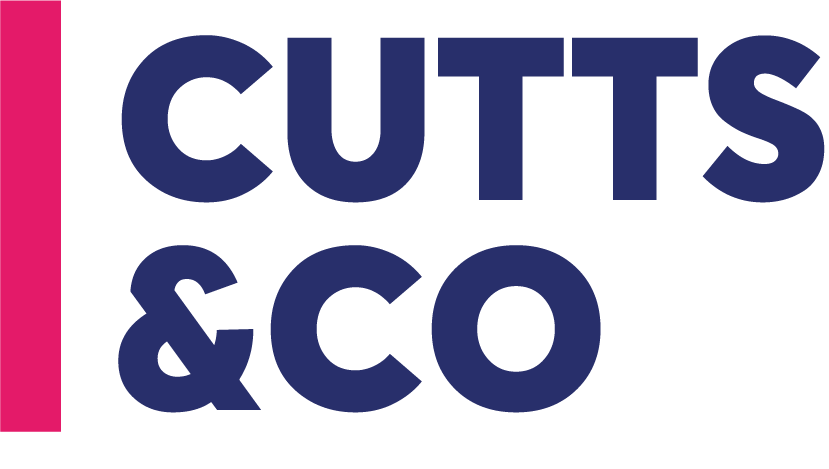The Resurgence of Pawnbroking: Understanding the Trends and Drivers in the UK Market
In recent years, the pawnbroking industry in the UK has experienced a notable resurgence, driven by a combination of economic factors and changing consumer behaviours. This blog will delve into the key trends and drivers behind this growth, providing valuable insights for both industry stakeholders and clients of Cutts and Co Accountancy.
Growing Client Base and Revenue
One of the most significant indicators of the pawnbroking industry’s health is the increase in new clients and overall revenue. According to recent reports, companies like H and T Group plc have seen substantial growth in their pawnbroking operations. For instance, the net revenue generated from pawnbroking activities, including scrap revenue, has risen by 5 percent to 77.8 million pounds in 2023, up from 74.2 million pounds in the previous year.
This growth is partly attributed to the expansion of the pledge book, which is the core product offering for many pawnbrokers. The average pledge book carrying value has increased by 18 percent to 158 million pounds, and the pledge book capital value has risen by 26 percent to 127 million pounds. These figures suggest a robust demand for pawnbroking services, driven by both the need for short term loans and the increasing value of scrap materials.
Economic Factors
Economic conditions play a crucial role in the pawnbroking industry’s performance. While the article summary mentions Trump’s trade war as a factor, it is essential to consider broader economic trends. The ongoing economic uncertainties and inflationary pressures have led more individuals to seek alternative financial solutions, such as pawnbroking.
In the UK, the number of pawn shops has grown significantly over the past few years. Between 2018 and 2023, the number of pawn shops increased by an average of 8.5 percent per year, reaching 205 businesses by 2023. This growth indicates a rising demand for the services offered by pawnbrokers.
Market Dynamics
The UK pawnbroking market is characterised by moderate market share concentration, with H and T Group plc being one of the largest players. This concentration suggests that while there are several smaller operators, larger companies are driving much of the industry’s growth and innovation.
The market dynamics are also influenced by regulatory requirements, such as the International Financial Reporting Standard nine, which affects how pawnbrokers account for impairments and provisions. Despite these regulatory challenges, the industry has managed to maintain a strong risk adjusted yield, with the risk adjusted margin on the pledge book remaining significant, albeit slightly lower in recent years.
Global Context
To understand the UK pawnbroking industry in a broader context, it is useful to look at global trends. The global pawn market is valued at 46,070 million dollars in 2025 and is projected to reach 63,060 million dollars by 2033, growing at a compound annual growth rate of 2.1 percent.
In Europe, the pawn shop market is expected to expand at a compound annual growth rate of 2.0 percent from 2024 to 2031, reaching a market size of 11,853.66 million US dollars by 2024. These global and regional trends underscore the resilience and growth potential of the pawnbroking industry.
Conclusion
The pawnbroking industry in the UK is experiencing a period of significant growth, driven by increasing demand for short term loans, rising scrap values, and broader economic factors. As accountants at Cutts and Co, it is crucial to understand these trends to provide informed advice and support to clients involved in or considering entering this industry.
By keeping abreast of market dynamics, regulatory requirements, and economic conditions, businesses can better position themselves for success in this evolving landscape. Whether you are a pawnbroker looking to expand your operations or an investor considering opportunities in this sector, the current trends suggest a promising future for the UK pawnbroking industry.



